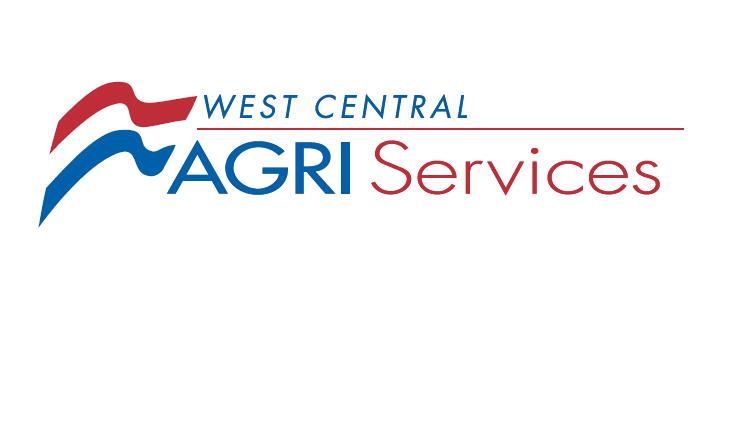CHELSEA, Ala. (DTN) -- AGCO Corporation announced Thursday it has reached an agreement to sell its Grain and Protein unit to American Industrial Partners (AIP) for $700 million in cash.
"The divestiture of Grain & Protein supports AGCO's strategic transformation, recently accelerated by the PTx Trimble joint venture, which closed in April 2024," Eric Hansotia, AGCO's chairman, president and CEO, said in an AGCO release. "Divesting this business allows us to streamline and sharpen our focus on AGCO's portfolio of award-winning agricultural machinery and precision ag technology products, which underpins a long-term focus on high growth, high margin and high free cash flow generating businesses."
AGCO expects to use the net proceeds for debt repayment and technology investments, among other priorities.
The transaction with AIP includes five Grain and Protein brands, including GSI, Automated Production, Cumberland, Cimbria and Tecno. The transaction does not include AGCO's Grain and Protein business in China.
The agreement between AGCO and AIP is expected to close before the end of the year.
AGCO's existing brand portfolio includes Fendt, Massey Ferguson, PTx and Valtra.
AIP is an industrial investor, with about $16 billion in assets under management.
Dan Miller can be reached at dan.miller@dtn.com
Follow him on social platform X @DMillerPF
(c) Copyright 2024 DTN, LLC. All rights reserved.

